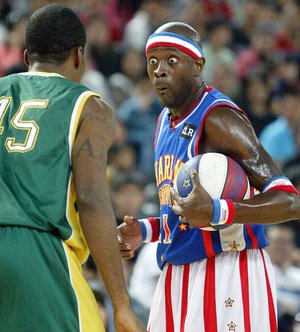Your cart is currently empty!

This article was initially published in PMA Magazine.
3-to-6-minute tunes? Sure, they can move us, or be fun to hum to or even do a little dance-step to, but the truth is, for many of us audio enthusiasts, they become just not good enough.
Now wait. Before anyone gets up in arms about of my comment, let me say that I realize that the music most of us connect with the easiest isn’t usually a symphony or a violin concerto. It’s a song with lyrics that speak to or for us, often with a catchy beat. So, naturally, when we want to sit back and listen to music, we tend to play the kind we relate to most—a 3-to-6-minute rock, R&B, hip-hop, country, folk, or other “pop” song.
Which is fine, until it isn’t. The problem with pop recordings is that most don’t sound very good, which is why many audio enthusiasts feel the need to venture elsewhere, often into unknown musical territory. It’s a natural urge for us, to want to hear and discover great music in great sound quality from high-quality recordings. As someone who happens to love pop and classical music equally, I’ll never say classical is of a higher musical standard than non-classical, because it’s all about personal taste. But I will say this: classical recordings tend to sound much better than popular music ones.
Take, for instance, the way the sound of music is captured and processed. With pop recordings, creativity is king. Anything goes. The engineer is allowed, presumably with the artist’s permission, to stretch, twist, recolor, bounce around, and add artifacts to the original recorded performance however he or she likes. It’s all part of the art and that’s what makes pop recordings interesting. These tricks can add to the emotional depth or catchiness of the song.
But studios don’t do that with classical recordings where the goal is to preserve the original performance without adding anything to it. The rules are strict, not only regarding sound effects (ideally there should be none), but also in the way microphones are placed.
The difference between a classical recording and a pop one might be explained with this analogy: a basketball handling contest vs. a real basketball game.

In a basketball handling contest, someone might be spinning the ball on their nose while riding a unicycle, while the second person is rolling the ball across his outstretched arms while drinking a cup of hot coffee. You can say both are skilled and talented. If you’re equally amazed by both acts, you’ll have difficulty deciding who’s better. And this is what pop recording comes down to. You use whatever means necessary to create the desired effect. What sounds good depends on who you ask.
But classical recording is a lot like a real basketball game where there is no such ambiguity or subjectivity about what is best. There are strict rules to follow, and all teams and players are judged by the same set of criteria. Whichever group scores more points is the better one, period. In a classical recording, having the sound swim in an ocean of echoes is not considered creativity. It’s just a bad decision.
And these restrictions and their rigidity are precisely the reasons why, speaking purely from a sound quality standpoint, many of the most breathtaking recordings you will ever hear are of classical music. When it’s done right, you can hear the material the instruments are made of and hear their bodies ejecting and injecting air, almost as if they’re breathing. You can feel their physicality, as real as your own. You can hear how the beauty and drama of a performance is enhanced by a properly designed hall acoustic, such as the Wiener Musikverein in Vienna or the Royal Concertgebouw in Amsterdam, two of the most fabulous concert halls in the world. The guiding word for these engineers and producers is faithfulness, not creativeness. That’s the goal they all strive for. And to reach that goal, they must follow certain rules.
An endeavor based on absolute rules and criteria can lead to a very different kind of greatness than that of an endeavor based on creative freedom. Michael Jordan is an awe-inspiring athlete not in spite of the rules of basketball, but because of them. What makes his 4-foot jump admirable is the absoluteness of the circumstances he does it in, the absoluteness of the rules and the end-goal. Sure, if he had access to Nike’s new concept Super-Spring design (not a thing) and a backyard trampoline he’d probably wow us with a high jump to the top of a highway light post, but that would be a different kind of greatness, more of a Harlem Globetrotters kind.
In the case of those who are passionate about building a great audio system, I think that passion is based on the absolute nature of the audiophile game. Sure, people in this hobby like to say that whatever sounds good to you is good enough. But deep down, I think most of us believe in an absolute standard, an imagined destination where everything sounds right to everyone. It’s our North Star, a place we constantly strive to get closer to, one upgrade at a time, even though we know, in the back of our mind, that we’ll never quite reach it.
So, if you’re interested in playing the audio game in absolute terms, I invite you to join me in exploring the world of classical recordings, where the game is also played in absolute terms. I’ll be covering most of the well-known classical labels to discuss how their sound quality changed over time, which recordings are best, and which ones should be avoided.


